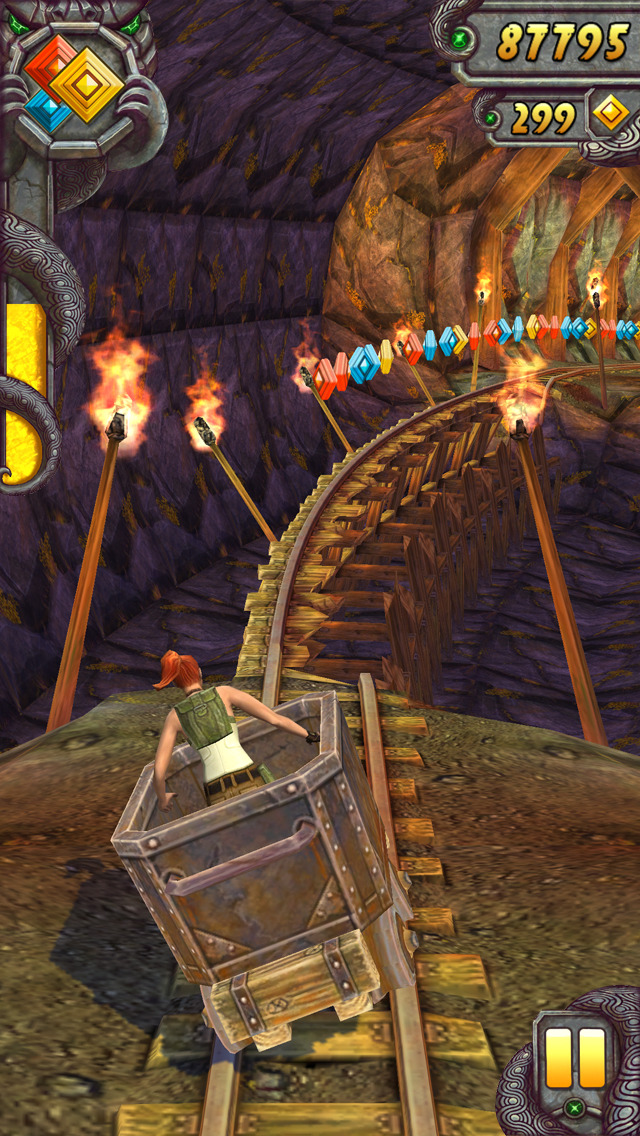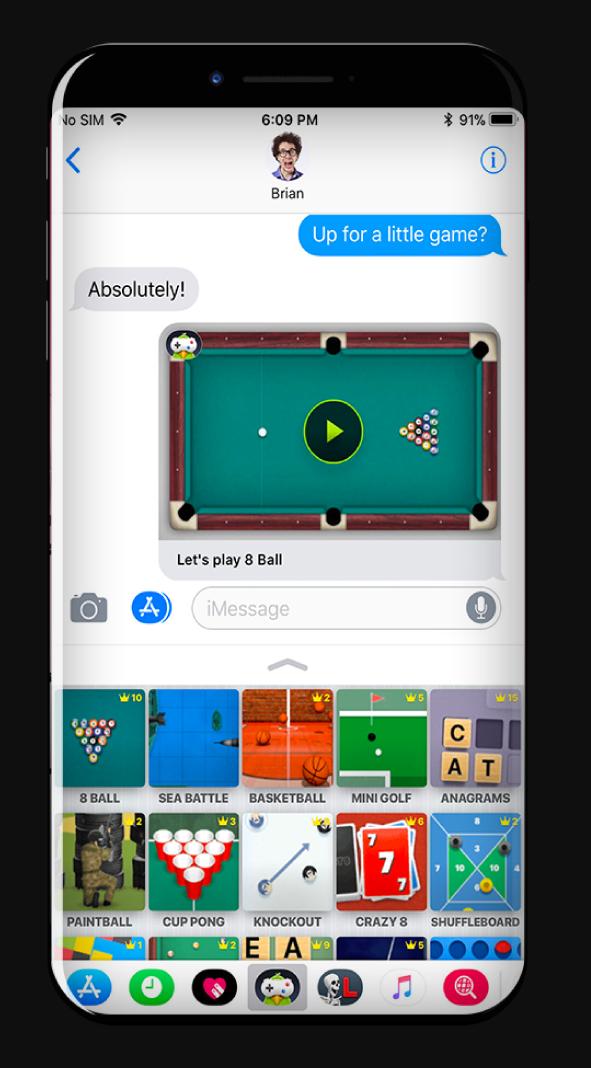If you do manage to get your hands one, here's an exquisite grouse recipe with beetroot two ways. Robin Stewart/Shutterstock. Very different to your common pestering pigeon of the town square, wood pigeon is a joy to eat. Unlike most game birds, pigeon is available all year round and generally has a low market cost. In clear words you cannot play the game officially in android, But you can play game pigeon with some alternative applications. You can play imessage games easily. Can you get iMessage on an android? IMessage is not available on google app store.
Animals often outperform humans. My son’s dog is more friendly than I could ever be. Cheetahs run faster, baby horses walk earlier, and elephants can lift more. Birds fly and humans can’t. Is there anything else birds can do better than humans? Yes. Apparently, pigeons learn to solve the Monty Hall problem more quickly.
Let’s Make a Deal was a television game show first hosted by Monty Hall (1921–2017) in 1963. There have been various remakes since then. The basic idea is that there are three doors and a contestant’s job is to barter with Monty for the most valuable prize behind the doors. The Monty Hall problem, loosely based on the quiz show, was popularized by Marilyn vos Savant(pictured) in her Parade Magazine column, “Ask Marilyn,” in 1990. A reader wrote to ask:
”Suppose you’re on a game show, and you’re given the choice of three doors: Behind one door is a car; behind the others, goats. You pick a door, say No. 1, and the host, who knows what’s behind the doors, opens another door, say No. 3, which has a goat. He then says to you, ‘Do you want to pick door No. 2?’ Is it to your advantage to switch your choice of doors?”
Marilyn vos Savant, “Game Show Problem” at ParadeVos Savant, reputed at the time to have the world’s highest IQ, said yes—switching doors improved the chance of winning. Untutored intuition on the other hand often says it doesn’t matter—you have a 50–50 chance no matter what.
This is wrong. When a goat door is identified after a door is chosen, we are given additional knowledge that can be mined for active information to improve the probability of success. Indeed, switching the choice from the initial pick gives a two-thirds probability of winning. The chance of winning by staying with the original door choice is only 1/3. I explain the reason below, at the end of the article.
Suppose a naïve, unconvinced human must uncover the truth behind the Monty Hall problem by repeated experimentation with three doors. Will performing the experiment over and over cause the observer to sense a pattern? How long would it take the human to figure out that chances are increased by switching doors from the initial choice?

More interesting, how long would it take a pigeon to master the Monty Hall problem? Could an animal learn to solve the problem by repeated attempts? Animals learn and adapt. There’s an old joke that Russian animal trainer and Nobel laureate Ivan Pavlov (1849–1936) thought about his dogs every time he heard a bell ring.

The joke, of course, is that Pavlov is famous for his behavior conditioning experiments with dogs. If he repeatedly rang a bell while feeding his dogs, when a bell rang even when there was no food, the dogs were seen to salivate. The dogs had been trained to associate the ringing of a bell with food.
So, with food as a reward, could an animal be likewise trained on the Monty Hall problem? In such an experiment, one third of the time, no food is awarded. Two thirds of the time, the correct door opens and there is yummy food. Could the animal learn that switching the initial door choice would increase the chance of food?
The answer is yes, at least if the animal is a pigeon.
Microsoft monthview control 6 0 excel 2010 missing. A decade ago, Walter T. Herbranson and Julia Schroeder wrote an interesting open access paper, “Are birds smarter than mathematicians?”, showing that, by trial and error, pigeons eventually learn the solution to the Monty Hall problem. This is a much trickier problem for the birds than Pavlov’s problem was for the dogs. For the dogs, the adaptation was reinforced 100% of the time. But the pigeons had to learn and remember that switching from their original pick increased their chances of winning 2/3 or 67%.
The solution to the Monty Hall problem is not intuitive. After Marilyn vos Savant gave her solution in Parade, approximately 10,000 readers, including nearly 1,000 with PhDs, wrote to the magazine, most of them claiming that she was wrong.1Paul Erdős (1913–1996), one of the most prolific mathematicians in history, remained unconvinced until he was shown a computer simulation.
Could a skeptic learn the Monty Hall problem by repeated experimentation, as did the pigeons? According to Herbranson and Schroeder’s original paper, no. Pigeons learned the Monty Hall problem well. Humans came in a distant second.
But a 2012 open access study disagreed with Herbranson and Schroeder with respect to the humans. In “ Choice Behavior of Pigeons (Columba livia), College Students, and Preschool Children (Homo sapiens) in the Monty Hall Dilemma,” James E. Mazur and Patricia E. Kahlbaugh divided humans into age groups and came up with a different conclusion. Mazur and Kahlbaugh found, for example, that “college students began to switch [and win] on a majority of trials much sooner than the pigeons.”
So hurray for college students!
Zack and cody pizza party game unblocked. Preschoolers on the other hand appeared stubborn in their approach to the problem. Once they made a choice, they stuck with it. The kids “immediately showed a pattern of always switching or always staying and continued this pattern throughout the experiment.”

Can You Game Pigeon Online
The contrary results reached by the two pigeon papers remind us of a claim by well-known medical statistician John Ioannidis that 90% of all medical studies are wrong. So, when reading statistical studies about pigeon testing or anything else, be like a CIA undercover agent in North Korea. Trust no one.
Whatever the right answer is concerning the contest between pigeons and humans, both studies show that pigeons are not bird-brained. So next time you meet a pigeon, show a little respect.
Analysis of the Monte Hall problem
Suppose that the car is behind door No. 1. Your first pick can be door #1, #2, or #3. Here are the possibilities:
- If you choose door #1 and switch, you lose.
- If you choose door #2 and switch, you win the car.
- If you choose door #3 and switch, you win the car.
Each result is equally probable. Thus, if you switch, your chances of winning are two out of three. If you don’t switch, the chance of winning nosedives to 1/3.
1 Tierney, John (21 July 1991). “Behind Monty Hall’s Doors: Puzzle, Debate and Answer?” The New York Times.
Note: The featured photo is by Alex Blăjan on Unsplash

You may also enjoy:
Is Big Bang Theory’s Sheldon right re the multiverse? Sheldon Cooper insists that in no universe would he dance with Penny.

Can You Get Game Pigeon On Android
and
Can You Game Pigeon On The Map
Hulu’s Devs series. Where they get determinism wrong.Devs disposes of a key limitation of computers that can supposedly predict the future with psychobabble.